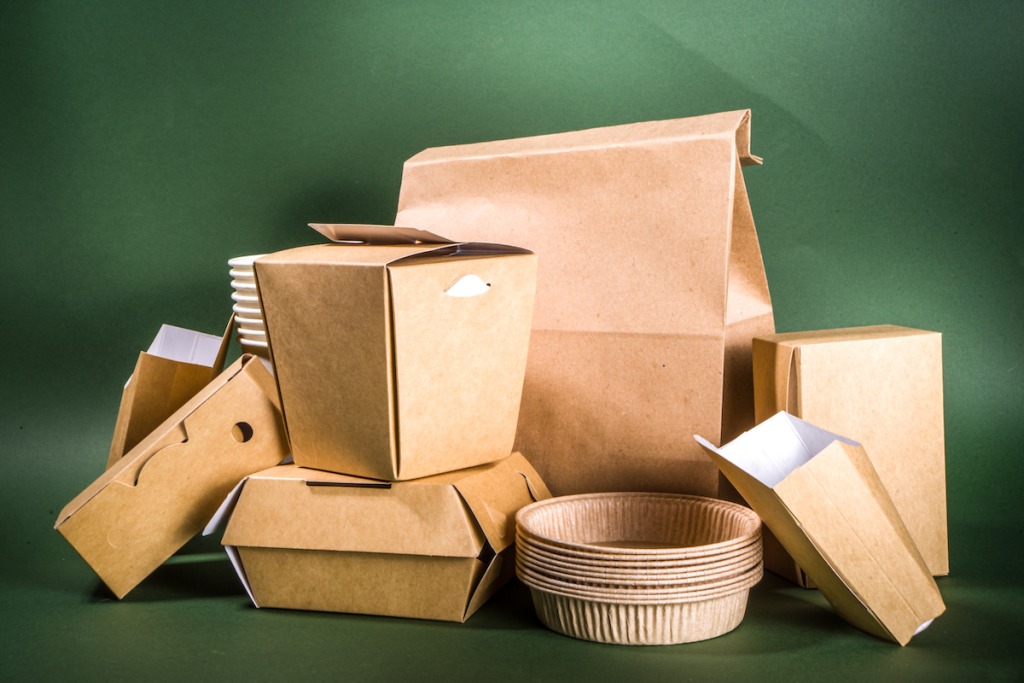
Businesses across virtually every industry are facing increasing pressure to reduce their environmental impact and implement green logistics practices. While going green is important, you must also ensure that your implementation strategies are practical. Here’s a look at what your business can do to decrease its strain on natural resources.
What Is Green Logistics?
Green logistics involves integrating environmentally friendly practices into your supply chain and transportation processes. It focuses on reducing the carbon footprint of logistics activities, such as transportation, warehousing, and packaging, to create a more sustainable system.
There’s a common misconception that you need to take an all-in-one approach to going green. In reality, incremental changes can help propel you toward your green goals while providing measurable business benefits at the same time.
Let’s say you restructure your trucking routes to reduce fuel consumption and decrease your environmental footprint. That change will support your green goals and offer cost savings. You can then allocate those funds to other green initiatives and business modernization projects.
Why Green Logistics Matter
Transportation accounts for a significant portion of global emissions. Adopting green logistics strategies doesn’t just reduce your company’s environmental impact, though. It can also help you align your business strategy with the preferences of customers and regulators.
Practical Ways to Implement Green Logistics
There are numerous ways that you could pursue your environmentally focused goals. Here are some practical examples:
Rethink Your Transportation Routes
Inefficient transportation routes are a major source of waste and unnecessary fuel consumption. Examine your current routing practices to identify inefficiencies and collaborate with your team to improve your route planning strategy.
Automated routing tools can simplify this process and allow you to continually optimize deliveries as your business needs change. After you’ve implemented new routes, keep an eye on fuel consumption to measure your efficiency gains. You should track other improvements, too, such as reduced maintenance costs and decreased wear and tear.
Adopt Alternative Fuel Vehicles
Alternative fuel vehicles may not be practical for long-haul transportation. However, you can incorporate them into your business in less demanding roles. For instance, you could use electric or hybrid vehicles at your facility to decrease your carbon footprint.
When arranging shipments, consider whether truck-based or alternatives like train-based shipping will be the most efficient. Modifying your fleet and adjusting your transportation methods can lead to huge reductions in energy consumption and waste production.

Embrace Sustainable Packaging
Product-related packaging waste can be a huge strain on the environment. Examine your current packaging strategy and determine whether you are using recyclable materials. Where practical, replace plastic packaging with paper-based alternatives.
You should also ensure that you are placing products in appropriately sized containers. Oversized boxes take up unnecessary space on vehicles and drive up your transportation expenses. Resizing packaging to align with your product offerings can reduce what you spend on shipping and help you cut back on waste.
Invest in Energy-Efficient Warehousing
Warehouses can be a significant source of energy consumption. The good news is that there are several ways to make them more sustainable. For instance, you might replace antiquated lighting with energy-efficient alternatives or install timers to shut off lights in unoccupied areas.
Solar panels can be another great addition to your warehouse. While panels and battery systems require a large upfront investment, they can offset your utility bill and provide your business with a source of green energy.
Get Rid of Empty Miles
Empty miles, also known as deadhead miles, are trips that your trucks make without carrying any cargo. By improving your load scheduling strategy and collaborating with trade partners, you can reduce or eliminate empty miles.
Cutting back on empty miles reduces fuel consumption and decreases unnecessary wear and tear on vehicles. Your drivers will be more productive and profitable as well, as they won’t be traveling across the country without a load.
Team Up With R2 Logistics to Implement Green Logistics
Creating and implementing a green logistics strategy can feel daunting, especially if you try to handle the entire project internally. With help from R2 Logistics and our holistic suite of services, your business can go green and lower transportation costs. If you want to learn more about how we can support your transportation needs, contact our team.
